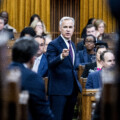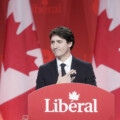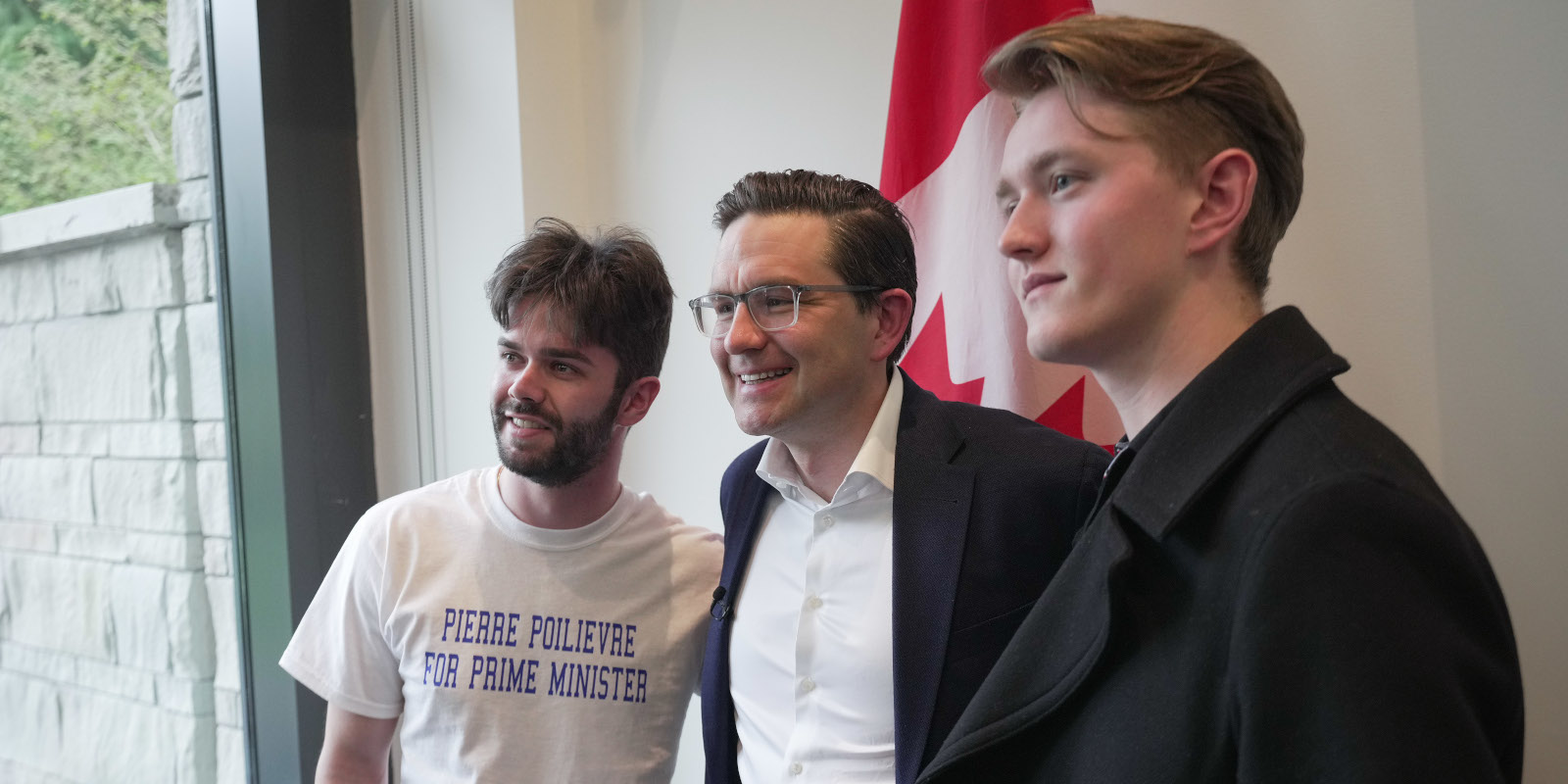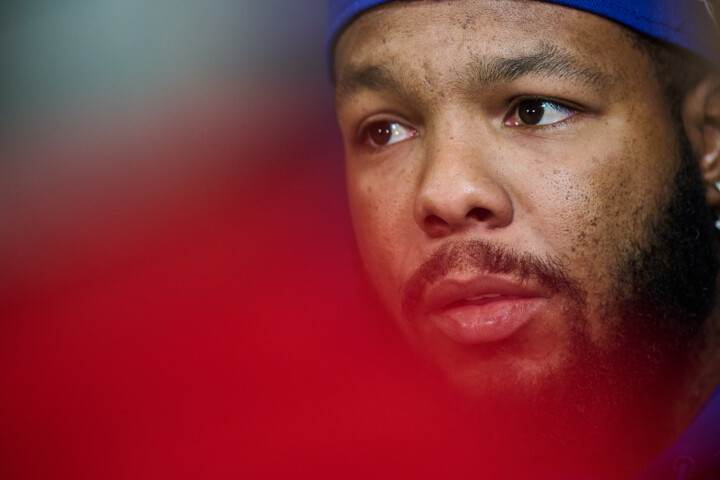The last two federal elections have delivered ballot box disappointments for Canada’s Conservative Party, but there has been at least one silver lining in the losses.
Over the course of the past three years, the party has gotten younger.
This is a good thing, says Ontario MP Adam Chambers, the Conservative representative for Simcoe North and himself a millennial. He spoke about the topic at an event co-hosted by The Hub and the Cardus Institute in downtown Ottawa earlier this month.
“We aren’t just a party of old white guys. In fact, many of the young members of caucus are women. And if you look at the shadow cabinet for the Conservative Party today and you compare that to the actual cabinet of the government, I can only think of one millennial in the cabinet. Most of them are older; most of them are over 50. And so I think that’s an opportunity for us.”
The Liberal government’s cabinet has representation from only four millennials, while the Conservative Party has nearly three times as many millennials occupying shadow cabinet positions.
“The data is actually showing right now, for the first time ever, at least federally, that the Conservative Party, albeit leaderless, is ahead in 20 to 29-year-olds by a wide margin over the federal Liberal Party. Also with 30 to 39-year-olds,” said Chambers. “First time it’s ever happened. So to me, that’s very exciting.”
While Justin Trudeau swept into power in 2015 with an unprecedented youth vote, lately support from that demographic has been hemorrhaging away from the Liberals. A recent poll by Nanos Research shows them averaging only 22 percent support among 18- to 29-year-old voters.
But will younger voters eager for change actually make their way to the CPC—or will their disaffection draw them even further left?
An online survey, produced by Public Square Research and The Hub and conducted with the Leger Opinion (LEO) online panel, found that 73 percent of Canadians describe the cost of living and inflation as the most important issue right now, particularly among women and younger Canadians as adults between the age of 35 and 54 are most likely to be concerned and women slightly more than men.
When it comes to skyrocketing housing prices, a mere 11.8 percent of the 18-34 year demographic chose the Liberals as the most trusted party to deal with the crisis, this recent Nanos Research poll finds. 20.4 percent chose the CPC while 32.6 percent chose the NDP.
Whether or not the CPC can attract younger Canadians away from the left may depend on who their leader is. While some candidates continue the strategy of appealing to the more reliable, older demographic, leadership frontrunner Pierre Poilievre is hoping to change the equation altogether by appealing to new, disaffected voters with no political home.His campaign claims to have sold 312,000 memberships over the course of the first phase of the CPC leadership campaign.
Poilievre, himself only 43, has made his appeal to younger Canadians explicit on the campaign trail, with inflation and cost of living issues, housing, and the removal of bureaucratic gatekeepers as central planks in his pitch.
This is a pitch tailored to those dissatisfied with the current policy consensus and fed up with elite and institutional failures that are frustrating their progress. Sean Speer, The Hub’s editor-at-large and another panelist who spoke at the event, believes there is an opportunity for the conservative movement to capitalize on this energy.
“The question, of course, is what do we do about [elite failures]? And I actually think this is an interesting tension within this younger generation of conservatives; that there is a movement reflected in parts of the right broadly defined that has a lot of energy behind it, that wants to challenge these mainstream institutions, and is prepared to use the power of the state to do so.”
It is not just material concerns that are animating young voters, though, cautioned Speer. If Canada’s conservative movement is to be successful, it must apply conservative first principles to address issues affecting the whole spectrum of people’s lives and not just those centred on economics or market reforms.
“In 2022, a lot of people in this room, I suspect, have come to conservative politics not because they are motivated by whether the top tax rate should be 29 percent or 33 percent. They’re motivated by questions about life, or questions about the narrowing space for them to bring expression to their faith in the public square…If we are prepared to, we can shape the future of conservatism, including on these issues. But it’s up to us to do it,” he said.
Recommended for You

How Canada built, then broke, the world’s best immigration system

The unceded advantage: Alberta and Saskatchewan’s case for tit-for-tat federalism

‘Resigned to mediocrity’: Mayoral-hopeful Brad Bradford on why Toronto is failing and why he thinks he can fix it

‘An important moment’: The Roundtable on Carney’s high-stakes budget and rumblings of a snap election




